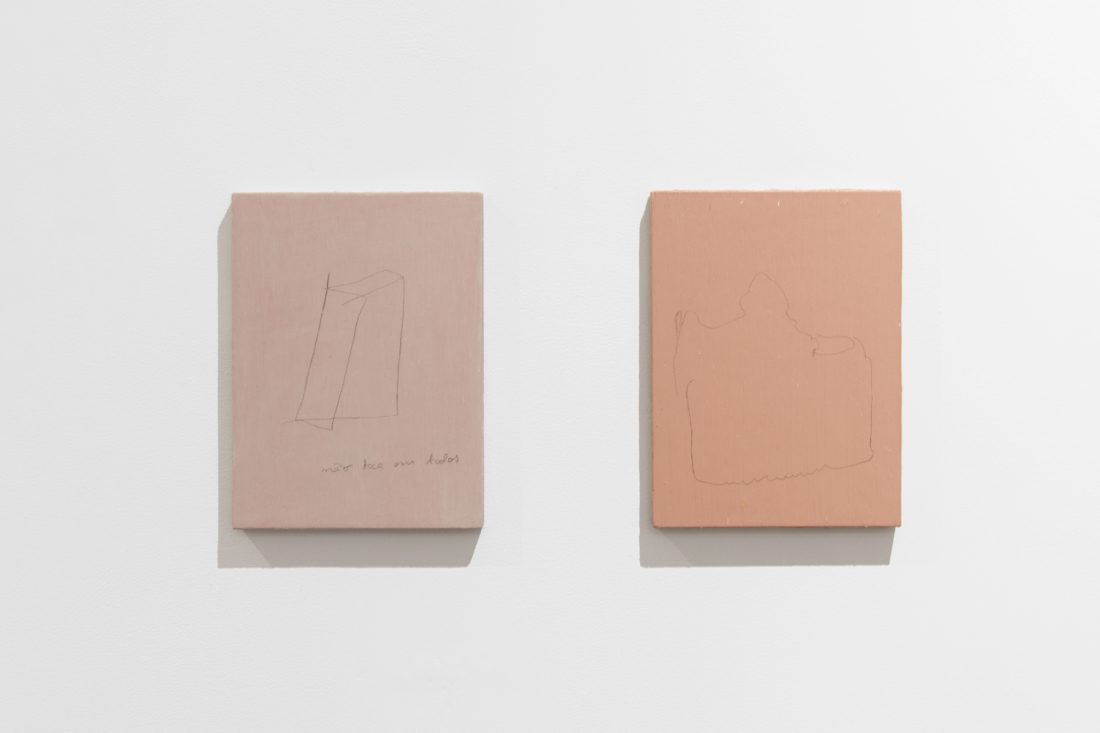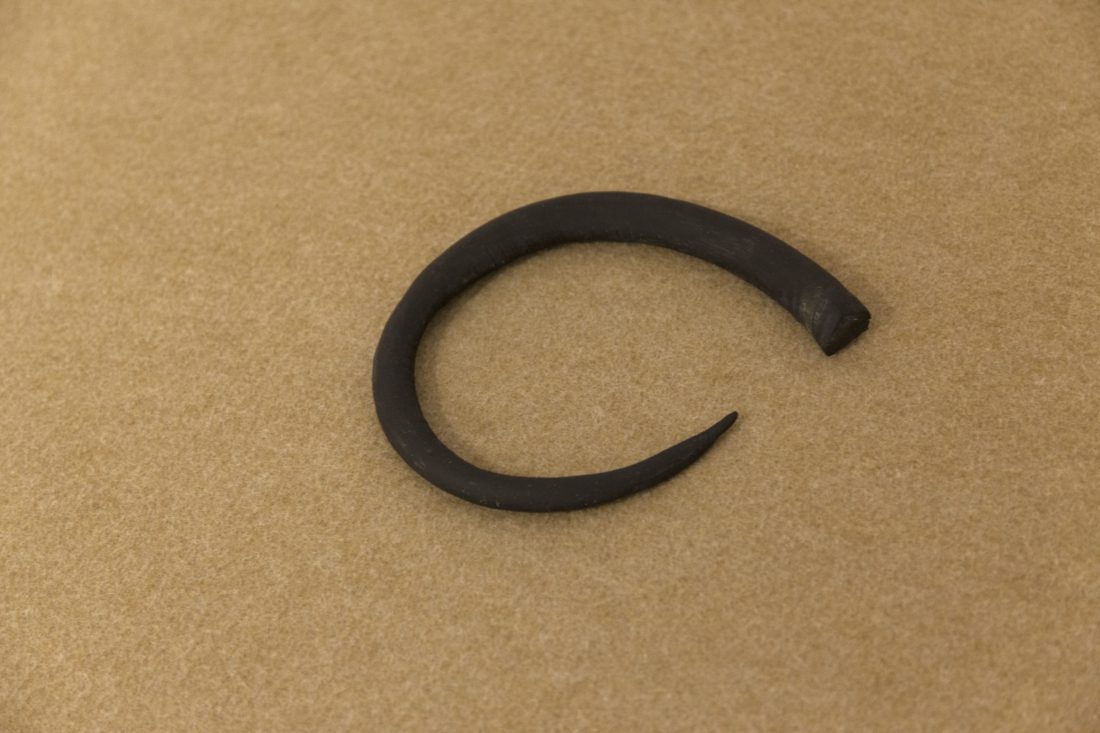The Dog is Very Confused
Diogo Branco + Diogo Pinto + Inês Brites + Eduardo Fonseca e Silva + Francisca Valador + Nuno Gonçalves
[12/01/18 - 27/01/18]
The dog is very confused is a group exhibition of six Portuguese young artists, who decided to work together on a project for FOCO gallery. For a couple of months, they gathered and exchanged ideas about possible ways of interaction. The underlying theme for the exhibition was based on a kind of game, in which one person gives a suggestion to the rest of the players and the others have to respond to it, being the title of the present show its starting point. Using this practice, the artists managed to create links of thoughts to be followed and developed. The main features for this project were conversations, personal relations and a common space for creation – their studio.
The confusion, which is present in the title, can be understood in different ways. We invite visitors to be part of the exhibition and create their own meaning of it. Personally, confusion in art is related to the state of being, when one is able to perceive, create and stay open for new experiences. It’s rather a positive attitude, which continues to develop ideas and keeps you active.
While entering the gallery, the first work visible is a large-scale installation showing a drawing on a curtain made by Nuno Gonçalves. It refers to animalism and its stereotypes. The simple form of the installation attracts attention because of its size and minimalistic style, and it also divides the space into two stages.
Close to Gonçalves’ installation is the first of Diogo Branco’s works; we are able to see the other seven after passing to the other side of the curtain: this sequence allows us to accompany the creative and artistic process of the painter. We get to, somehow, understand the mindset of the painter – confusion, trial and error, everyday life interference in the creative process.
Diogo Pinto’s works are natural, detailed and well-prepared experiments of form and material. The use of common objects melted into wax, creates confusion regarding the materiality of things and at the same time it gives us a sense of texture. Continuing our visit, we find works by Inês Brites. Separated in two spaces, her works talk about collective memory and technologization of our lives, nowadays and in the past.
The exhibition finishes with artworks by Francisca Valador and Eduardo Fonseca e Silva. Using small formats, the artists show an ephemeral connection between each other, and what characterizes them is their diversity in techniques and exquisite presence. This exhibition can be read as a theatrical play, where each artwork is a complete act, that can be seen separately, but gains more sense when seen in context.
Curated by Kasia Sobczak-Wróblewska



























